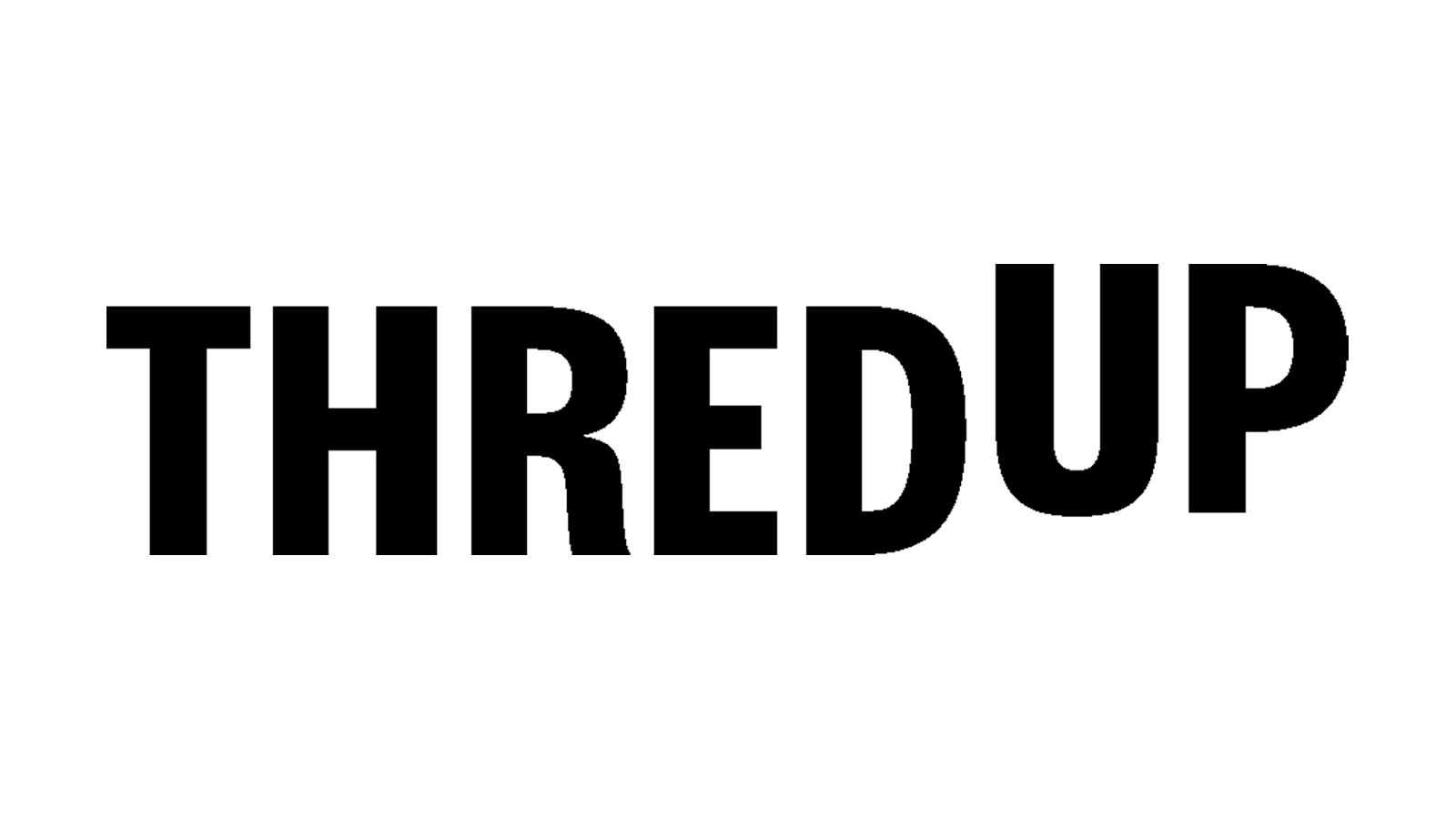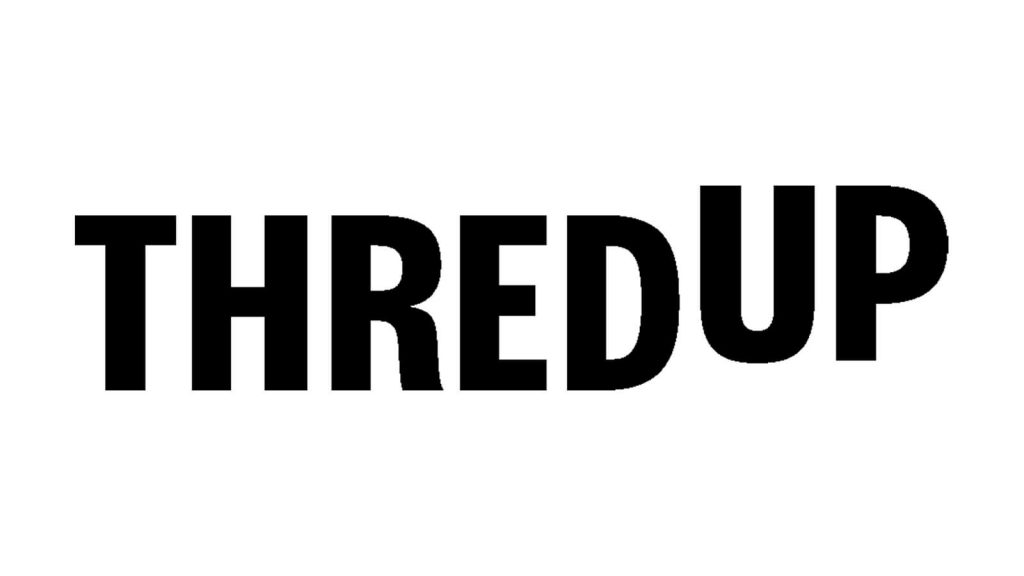ThredUP logo
Tags: clothing store | online | women’s clothing
ThredUP calls itself the world’s largest used clothing store. ThredUP CEO James Reinhardt founded the company in 2009, right after graduating from Harvard University with a joint degree in business and public policy. The company is engaged in second-hand resale and pays commissions to sellers. The key to its success is programs and equipment of its own design, as well as a business model that solves the problem of waste.
What is the special feature of the ThredUP company?
The ThredUP sale process has its own peculiarity. The items you want to sell on the site are called a “Cleaning Bag”, and in order to start the process, you first need to order a “Cleaning Kit” in ThredUP. This kit comes with a prepaid label that you will need to send your items back to the company. After receiving a cleaning bag, you can put all the items you want to sell there.
Meaning and History
The name ThredUP is a hybrid of two expressions in English — fed–up (slang “fed up”) and worn to the thread. The expression “threadup” resulting from the crossing of these two phrases can be translated as “Fed up with worn-out clothes”.
The ThredUP logo is represented by the brand name. In the brand name, all letters are uppercase. At the same time, “UP” is written higher than the beginning of the brand name.
Font and Color
The main colors of the ThredUP logo are black, white and green. As a rule, the background is made in emerald green, on which the white letters of the brand name are written. It happens that the brand name is written in black on a green or white background.
The leading color, after all, is green. It emphasizes the eco-friendliness of the brand. The retail that the brand is engaged in is necessary to reduce the impact of the fashion industry on the environment and create a closed system in which clothes will remain on the market longer before they are recycled. However, there is still no clear understanding how resale affects the planet. At least, additional water and other resources are not used to produce, for example, a new T-shirt, if you buy and ware a secondhand one.

